The Article
Eros Power Blocks From Titan Audio
17th July 2019
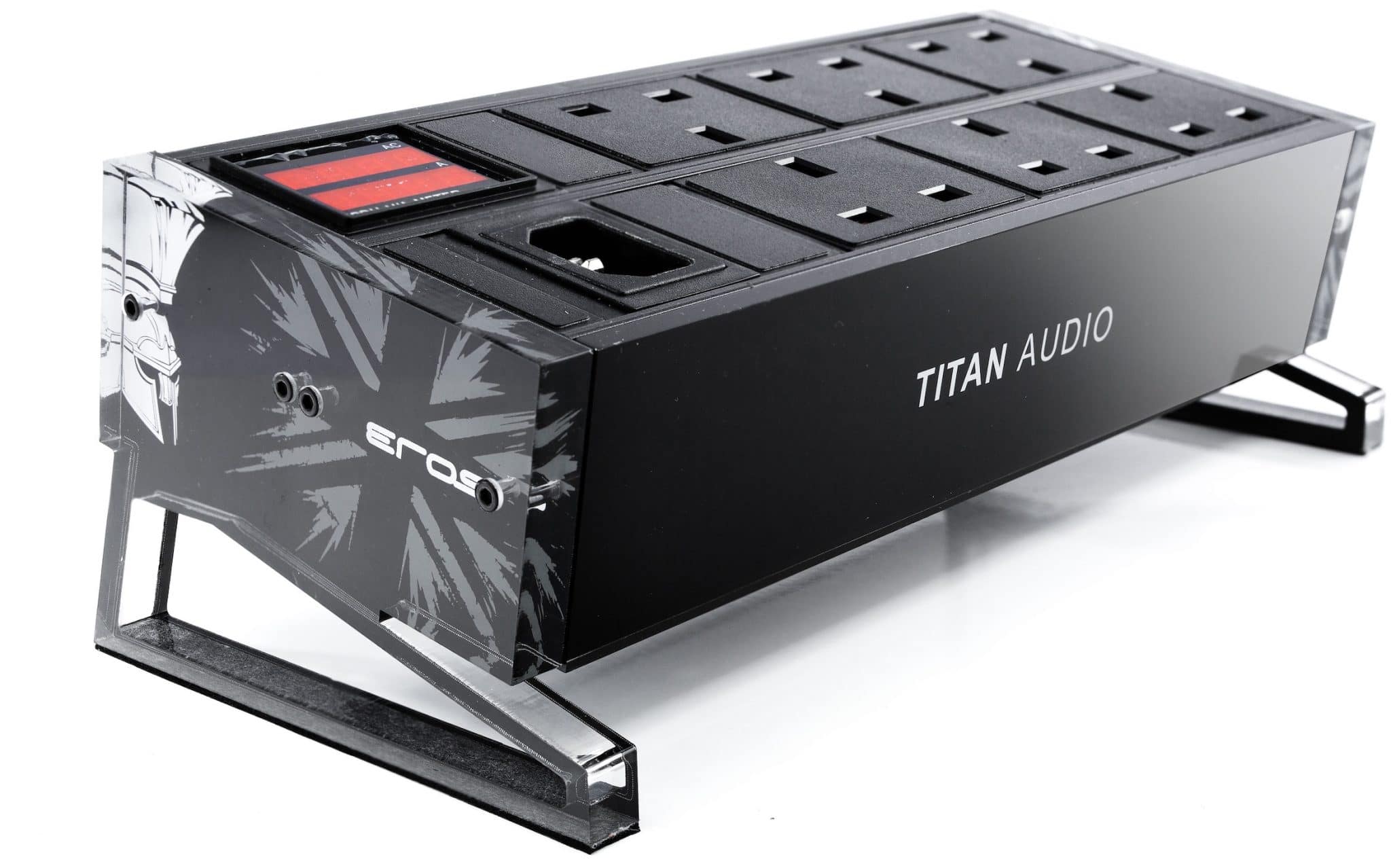
Surprisingly small and compact, Paul Rigby reviews this 6-way power block from Titan Audio
And you need a new power block because? Masking noise, mostly. A good quality power block can reject a lot of the rubbish that it encounters from your mains supply. That’s where your cash is going on these things.
A bad quality power block – one of those white/black, hardware store-type things you can pick up for three or four pounds, will actually introduce more noise into your hi-fi because of the cheap and nasty parts they contain. They do the job (just about), they barely work at all and they’re useless for hi-fi. Actually no, they’re worse than useless, they’re harmful to sound because the noise they actually create helps to add veiling rubbish that damps the fragile parts of music. The bits that add soul to music. The delicate stuff: tiny bits of reverb of that plucked guitar, information you hear from a soft hit on a cymbal…that kind of thing. They can also add an edgy sound to the midrange. A sort of bright, clinical sheen.
A great power block is not going to be the solution, the only answer, the magical silver bullet that will eradicate all noise from your hi-fi but a good quality block it will help to reduce that noise and will serve as an important part of any hi-fi user’s anti-noise toolkit. That noise reduction will increase sound quality. To reiterate, that extra sound quality is not actually generated by the power block. In fact, the extra detail is already there – it’s just hidden. Hence, a quality power block just helps to remove the parasitic, often high frequency, veiling noise that masks the good stuff.
The Titan Audio Eros power block – which looks like a tiny mastering desk from a music studio – is based around, oddly enough, the Eros cable. In my earlier review the Eros cable itself, it did a god job of current delivery and reduction of EMI noise and so I had big hopes for its implementation as a power block.
The design itself uses Eros cable, “…from socket to block, block wired with Eros and Eros from block to equipment,” said Gary Campbell, the company’s Product Developer. “We took a look at most of the blocks/filters in the industry and noticed two issues. Firstly, filters that where used limited current and, secondly, most were focusing on the wrong frequencies. It seems that the majority focus on AC line noise but in truth a lot of electronics these days have filters built in and have pretty sophisticated power supplies. Back when we worked with Tufan at Roksan with the new Blak models, they where actually using EMI IEC input filters to prevent noise on the live AC line and we believe this is more common in other brands too. If most electronics do a good job of removing noise then surely we would just be repeating the process unnecessarily. Thankfully, we already knew this wasn’t really the main problem. The issue actually comes from the ground and the best way to explain this is to think back to our analogue set-ups. What happens if we misuse the ground from our turntable-to-phono stage? We get huge ‘hum’ through the system. Well the same is happening in the mains, most of the noise is actually coming from ground loops or simply just EMI interference in the ground so we developed a passive method which was able to remove the noise before we pass it through to the electronics.”
That’s what’s going on inside this quite dinky looking chassis. You’ll also find a voltage and current display which keeps you up-to-date on your mains supply. I asked Campbell if the meter was just a gimmick and wondered if its inclusion could affect sound but he was adamant, “The meter is essentially passive, it simply draws a very low voltage which is actually fed from a drain wire of what we would class as dirty mains so it’s actually slightly helping us remove a messy signal from a small section of the circuit block which we would normally try extract with ferrites. The display is merely there so users can see the voltage input in their system as some area’s are dangerously off the guidelines. Some of our customers are reading below 230v and others reading +250v which indicates that you really need a qualified electrician to double check your wiring.”
The chassis is an aluminium rail frame which apparently decouples the sockets and IECs so they “float”. According to the company, the acrylic panels damp any vibration and the large cut out in the 10mm acrylic legs reportedly prevent vibration from the floor from travelling up the chassis, “You can see the leg actually flexes as you push down a plug into the block. Neoprene foam has also been added to aid damping.”
To connect the Eros power block to the mains, you need a separate mains cable (so budget for that). It runs from an IEC socket on top of the Eros’ chassis. That intrigued me because of the company’s continued insistence of mounting its power block IECs at the top of the chassis and not on the side, as most other power blocks do, “The main reason behind everything being mounted on top is because they have been designed to slide into our rail system,” said Campbell, “we could of course mount to the side but it would require increasing cable length, increasing costs (due to CNC machining the IEC cutout on acrylic) and only invite unneeded high frequency vibration into the leg when the rail system has already been designed to help the sockets float and decouple them from vibration.”
Available with standard UK, European and USA connection (all available for the same price), I must add that I like the mirror-imaging design of the socket layout. Sometimes, when emerging from a chassis a power lead (especially a bulky and thicker example), naturally falls into an orientation. This Eros layout offers a choice of two. I find that, if I have to twist a thick power cable to fit into a power block, I’m always worrying about the strain the cable puts on itself and the connection to the block, the amp (or whatever) at the other end and so on. This dual layout option eases the strain.
SOUND QUALITY
I began with a slice of dynamic prog rock from an original pressing, Jethro Tull’s less than successful LP, Under Wraps (1984; Chrysalis) and the track Nobody’s Car. I chose this track because it’s full of early digital synthesisers which clash readily with the organic instruments. Also, the arrangement is too busy and so too often sounds like a melange of mangled noise. More a cacophony than a structured piece of music. I chose Titan’s own lower cost Styx mains block as my first comparative reference. The Eros should be superior and, if that’s the case, I need to know why. Just to see what you’re getting for the extra cash.
It took around a second, maybe two, to realise that the Eros was a superior unit, taking sound quality up a couple of ladder rungs.
The beginning of this track had Ian Anderson’s iconic flute breathing into the action. What I had here was extra dynamic reach, producing more air and space in the midrange area. The Styx block, an excellent product for the price in itself let’s not forget, sounded claustrophobic in comparison. The Eros allowed the flute to sound unforced. That is, you could almost hear Anderson’s exhalation as the air infused the instrument.
Staying in the midrange, the early parts of the track featured sharply strummed guitars that had been chopped/gated to produce zero reverb. Even these rather harshly executed acoustic strums improved their tonal realism with a relaxed air about them. As if the tension behind the strumming was lowered and the player was more at ease.
Stepping up a level into treble, the extra air and space in this sector was impressive. Cymbal strikes offered longer reverb tails. A rarity because this Cold War-infused song is supposed to be full of clipped suspense-filled music and tense spy-related chatter but the cymbals did release a smidgeon of reverb which softened the attack a tad, giving them an organic sound.
Bass, meanwhile produced a newly found character that created lots of information. Less edgy, the drum hits basically said that there was more going on here than just that initial strike. There was the bit after the strike, that sound made after the stick hits the dead skin of the drum. I can point to a lowering of noise for that nice feature.
I then played Love Walked In from the piano only of Nat ‘King’ Cole and the Pure Pleasure reissue of The Piano Style of… instrumental LP, backed by a full orchestra.
I was impressed by the sweeping strings of the backing orchestra on this track which sounded more like a body of instruments working together. The low noise from the Eros added texture to this section, giving them a bit of extra presence.
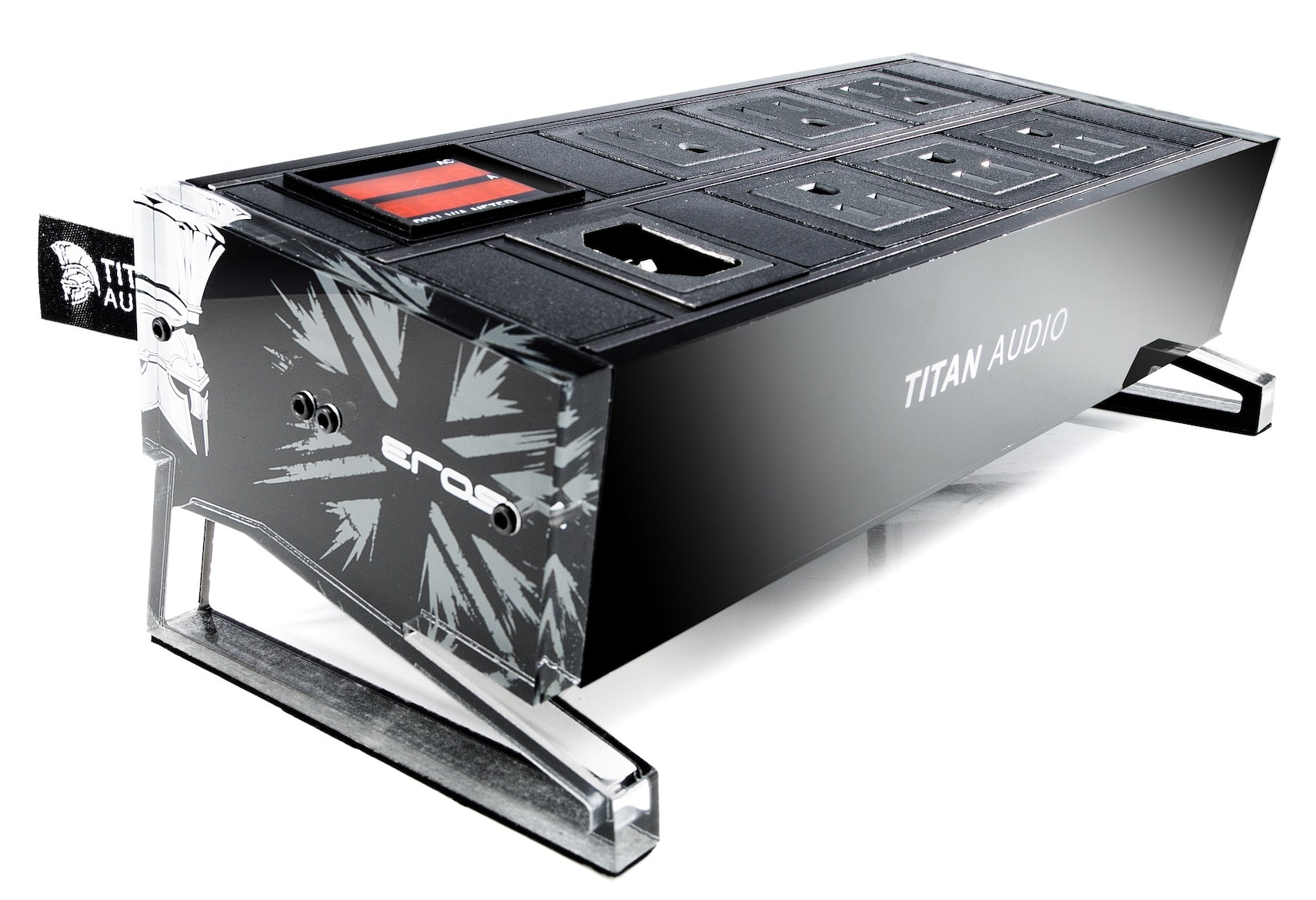
Cole’s piano also had a presence, a resonance that only a whopping great instrument like a piano can truly offer. All of that resonating wood added a uniquely subtle backing feel to the piano. It sounded big. So, combined with the keys hitting their stops as each was hit in turn, Cole added nuance (or not), power (or not), soft touch to the keys (or hard) and so on. He really worked the piano and, as it where, made it talk. The Eros tracked all of this well.
I then brought in my higher-end reference to see how the Eros could handle hard-core competition.
Back to Jethro Tull and, even in rarified company was impressed both by the Eros’ neutrality but also its balanced output. Frequencies were disciplined and in order with no high or low end emphasis and no frequencies leaking and veiling its next door neighbour. What the Eros also had was a tremendous sense of frequency character. The tonal realism allowed the music to flow without any irritating bumps in the sonic road. What I mean by that is, you felt that you could sit back and relax. There was no obvious veiling noise or irregularities that made the ear feel tense.
Bass had an organic flavour without any digital-type edge. Percussion had enough variation in the strike to give a human touch to the drums while the Anderson flute was open and natural. The space it afforded again gave the impression that a human was behind the sound.
Reverting back to Nat ‘King’ Cole and the balance between his lead piano runs and the backing orchestra was a high point, along with the attendant clarity due to the low noise approach of the Eros. During Cole’s interplay with his piano and an orchestra’s sax soloist, the tonal contrast was intriguing because the distance between him and the sax was notable. The pattern of the mic-ing was able to show the relatively close mic-ing of the piano and the ‘I’m playing this sax in a big space’-effect of the saxophone. Again, details like this added to the feel of the music.
CONCLUSION
Practical and very easy to use, the Titan Audio Eros power blocks also sound excellent with a balanced and neutral presentation that never masks detail. On the contrary, the sense of clarity and tonal balance is a testament to the inherent design. The Eros power blocks are recommended to serve as solid, high performance foundations to your hi-fi chain.
TITAN AUDIO EROS POWER DISTRIBUTION BLOCK
Price: £650
Website: titanaudio.co.uk
GOOD: tonal balance, neutral presentation, low noise, general design
BAD: nothing
RATING: 8
[Don’t forget to check out my Facebook Group, The Audiophile Man: Hi-Fi & Music here: www.facebook.com/groups/theaudiophileman for exclusive postings, exclusive editorial and more!]
REFERENCE
Origin Live Sovereign turntable
Origin Live Enterprise 12″ arm
Van Den Hul Crimson XGW Stradivarius Cartridge
Icon PS3 phono amplifier
Aesthetix Calypso pre-amp
Icon Audio MB845 Mk.II monoblock amplifiers
Quad ESL-57 speakers with One Thing upgrade
Titan Styx power distribution block
Nordost Qbase QB6 power distribution block
Blue Horizon Professional Rack System
Harmonic Resolution Systems Noise Reduction Components
All vinyl was cleaned using an Audio Desk’s Ultrasonic Pro Vinyl Cleaner

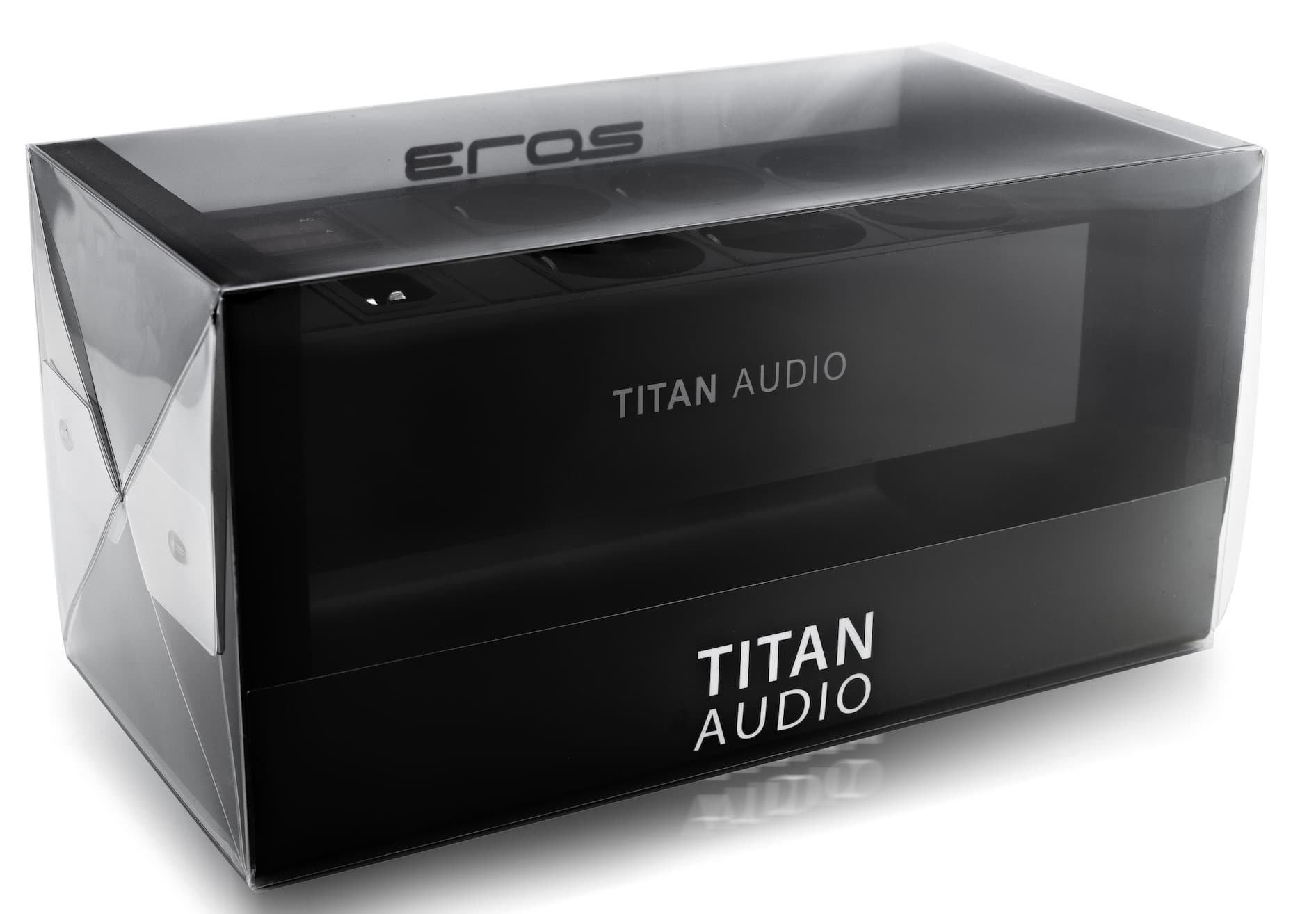
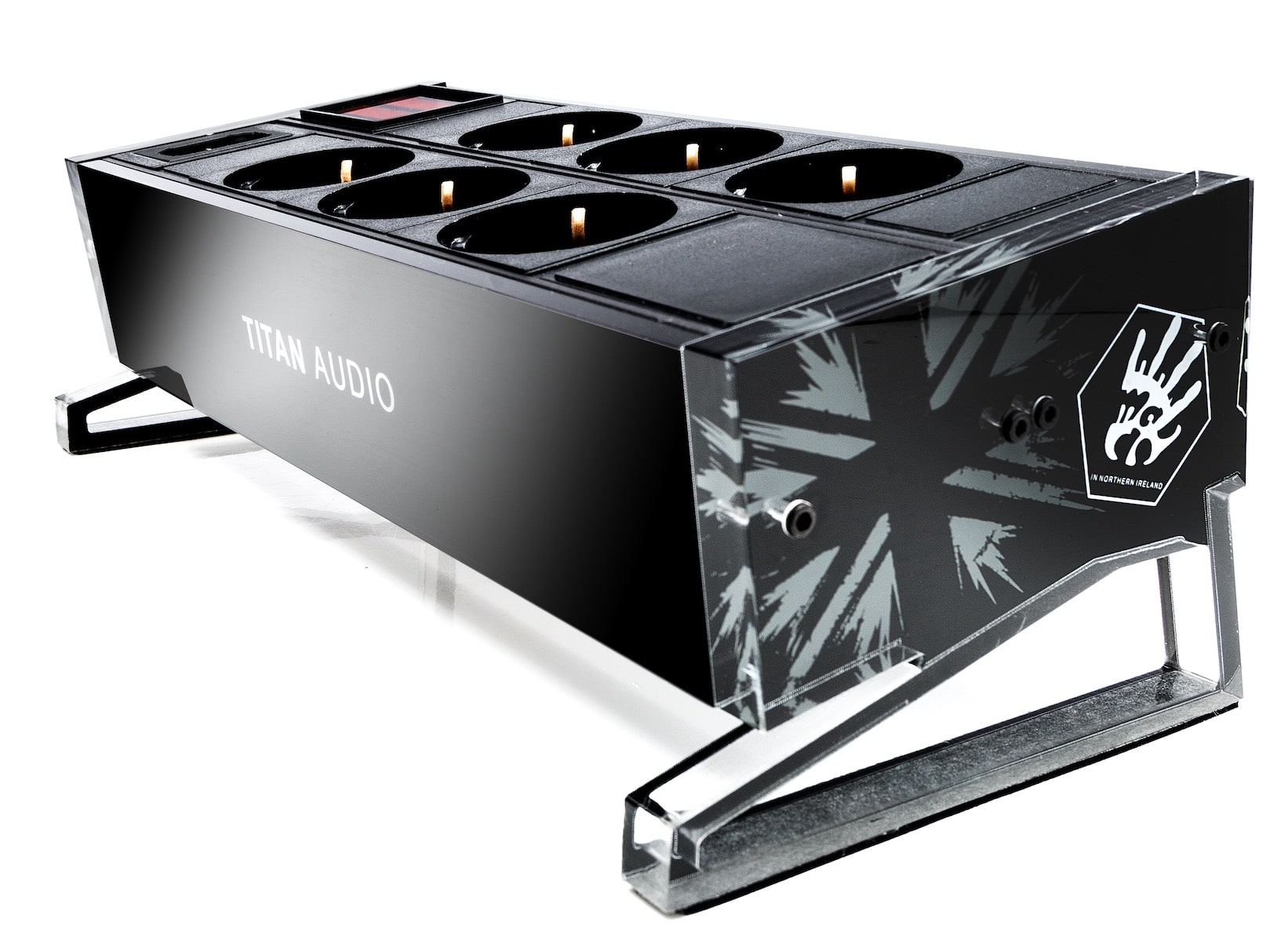
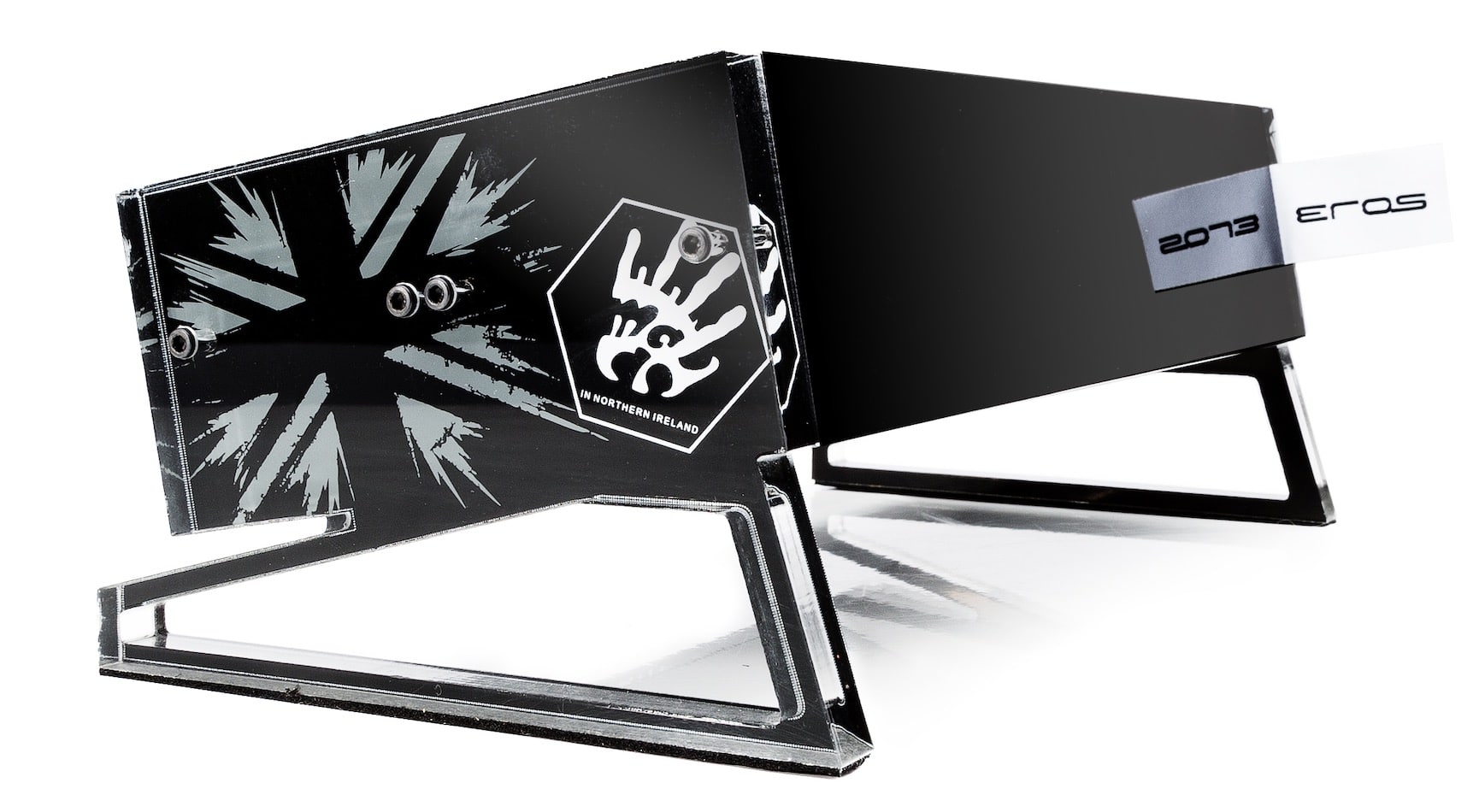
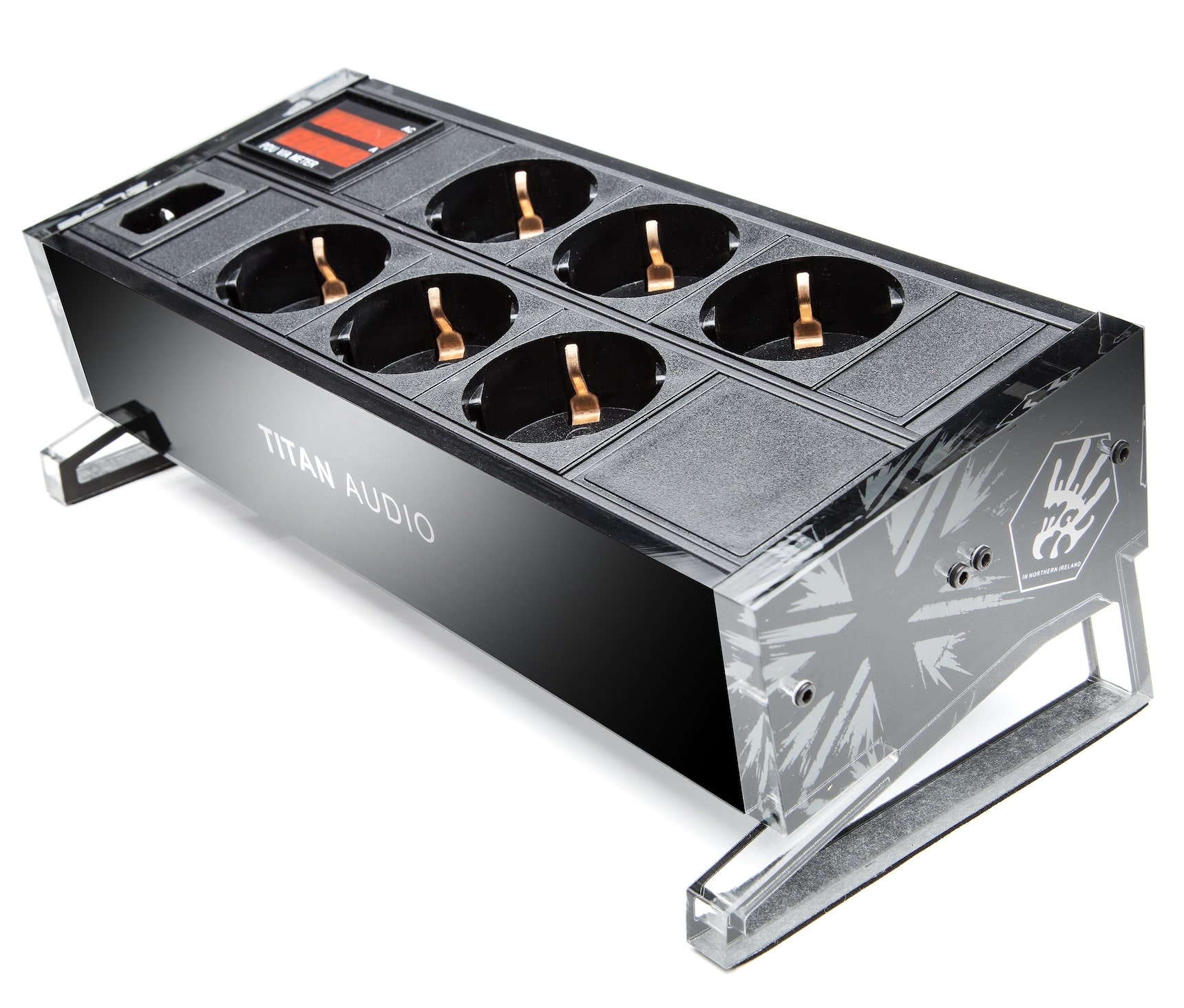



Another good one! Nice review Paul. Personally I’m not gone on the looks or the voltage/current display. The mirror layout of the sockets would be a bit messy in my room. I prefer them laid out in a straight line. But that’s just me.
Also I laughed out load at the howler. I’m sayin’ nuthin’ üòé
Uh-oh – what howler?
Ahhh, was it the ‚Äòelectrocution‚Äô thing? üôÇ
Yes ü§ì Actually I should have said “shocker” lol!
Hehe
Hello Paul
I have a separate power supply for my hi-fi, which ends in two double gang unswitched MK wall sockets. Just wondering if it might be worth trying devises like this, or similar, or do you think the fact that I have a dedicated power supply minimises the likely benefits?
Hi Tim – can you give me more info on your power supply please?
Paul…it’s a dedicated spur from the fuse box, which was installed about ten years’ ago. The cable run comes from an outlet in the existing consumer unit/fuse box and is circa 7m. I don’t recall the thickness/type of the cable used, but I may have asked the electrician to use a thicker cable, which may have been the advice from Russ Andrews site at the time.
Gotcha – what you have there helps a lot but you’ll probably hear the benefit, nevertheless. I live in an isolated area, no street lights, hardly any neighbours, my own earth connection, etc. Yet I still hear benefits from additional accessories.